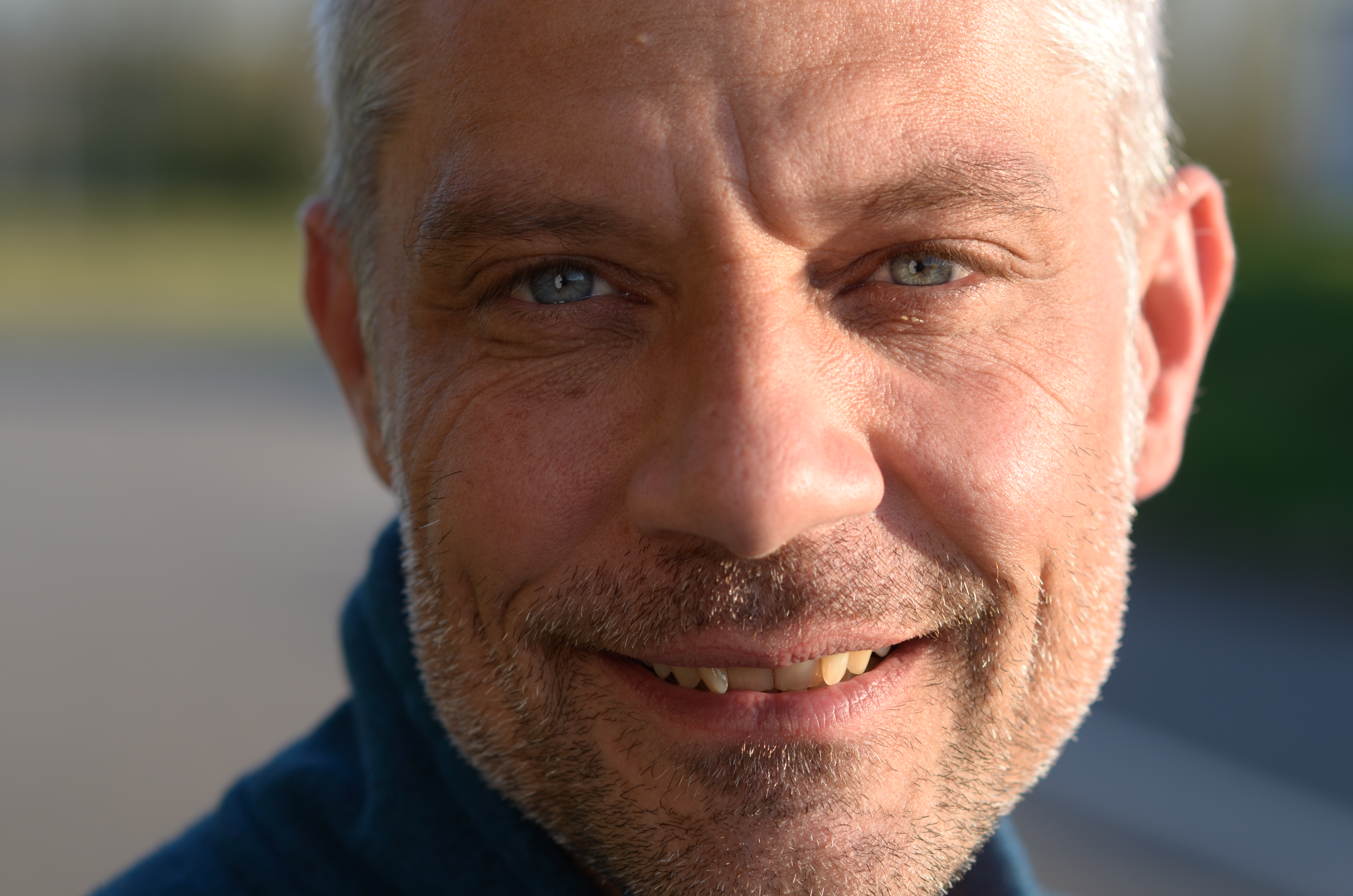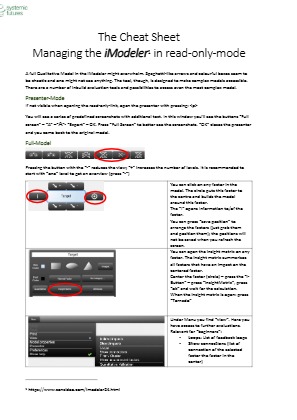Nobody wants to die early. The desire to stay healthy and to have a long-lasting life is enormous. At first glance, it seems as if the increasing number of older people in the EU is in accordance with that. When having a closer look at that trend, three main factors seem to contribute to an overall older population: a generally increased life expectancy, a modern, readily accessible medical system, healthier lifestyles, and low birth rates. Migration is a counter-trend to the ageing society, as the majority of migrants to the EU are young families. This fact, however, does not substantially diminish the absolute number of older people in the EU. The potential consequences are diverse. Although people get older while being healthier, it is likely that the cost of health care will rise, putting an extra burden on the health insurance system. Hence, we might have to expect a clear social divide: Will only rich people be able to afford to get old? Or are the additional health-related costs going to be shifted to younger generations? Will the state have to step in?

Such a development might be fostered by the increased cost of health treatment itself. High-tech medicine requires high investments by hospitals. At the same time, the ongoing trend of economisation and commercialisation of the health care system elevates the pressure to be profitable. A continuous growth in health-related costs is the result. Unsurprisingly, not all patients will be able to cover those expenses. What now? Will there be a multi-class health care system in the EU? Do we have to give more power and ownership to the state? This would be a reversal of the currently predominant privatisation practice.
In our modern times, so-called biohacking is growing in popularity. Biohacking is a form of self-optimisation based on making lifestyle changes, using nutritional supplements and undergoing certain medical treatments, with fresh-cell therapy being one of them. All those means require access to wealth, which strongly correlates with education. On a basic level, leading a healthy lifestyle is easily applicable. Methods of high-tech-optimisation, in contrast, are only accessible to wealthier members of society.
In the context of an ageing society, we find a public debate on postponing the retirement age. It is to be expected that older people will be healthier and therefore able to contribute more to the pension and health care system for a longer period of time. This potentially will provoke a debate on equity and justice. In the light of the above-mentioned social divide caused by economic welfare, this felt injustice might foster the social divide.
Europe is quite heterogeneous in terms of social inclusion. While in several countries older people mainly live in retirement homes, in other countries it is somewhat normal for them to be taken care of by their families. Older people are less open to novelties in digitalisation regardless of those living circumstances. There is a growing discrepancy between an increasing number of older people not being reached by recent digital innovations and the advance of fully digitalised procedures into numerous aspects of everyday life. This development has a double effect: first, the market for new digital solutions is limited. Secondly, older people progressively get disconnected or at least overwhelmed by digital modernisations. This causes quite a lot of them to reject digital means altogether, which then reinforces their marginalisation even stronger.
A possible side effect of this digital marginalisation is the loss of trust in health guidance, leading to lower recovery rates from illness. From an evolutionary perspective, one could argue that, despite the potential of people getting older, the unbalanced access to modern means of health care will counteract the ageing of our society. This raises the question of what ethical standards to apply. Do we want a Europe that has economised ethics? There might be an increasing tension between social inclusion and the digital, as well as the economic divide between the young and the old. Digitalisation and privatisation are likely to add to the marginalisation of a growing group of European citizens and, therefore, the fragmentation of society.
Hence, a central question must be how to make an ageing population keep up with a vast and fast societal modernisation. How do you want to get old? Would it be enough that Research and Innovation care for the needs of an ageing society? What about digitalisation's indirect effects on an ageing society in all aspects of life?
A note to the article
This small article is derived from a Qualitative Model which has been build on the basis of the Horizon Europe Strategic Plan 2021 -2024 .
While the topic ageing society is not new and many studies and knowledge exist, it is remarkable that a topic like an ageing society has cross connections across the whole Strategic Plan. Not always, this has been obvious. What do you think? Is this aspect of demographic change adequately reflected in today's R&I policy?
Look into the model
Access this link to navigate through the model. The model is rather complex, and you might easily lose the overview. Please check the "iMODELERCheatSheet" if you don't know how to navigate any more.

Short description of the model
This model represents the logic of argumentation and the underlying assumptions of the Horizon Europe Strategic Plan 2021 -2024.
The Model is both built upon the 6 Thematic Clusters and the KSOs. Central for this kind of assessment are the “Expected Impacts” that have been compiled by the European Commission and the Member Countries. These Expected Impacts are "collected" by the clusters on one hand and on the other hand-tied to the so-called "Impact Areas" that are connected to the KSOs.
Hence, the Model can be assessed towards the Clusters or the KSOs. The model is large and strongly interconnected. Therefore, a good first step is to access the model based on the presenter, in which you can find preselected views and assessments of the model.
The presenter-mode in the Model is targeted towards the above-shown article
In case you have further questions please contact: ullrich.lorenz@4strat.de


